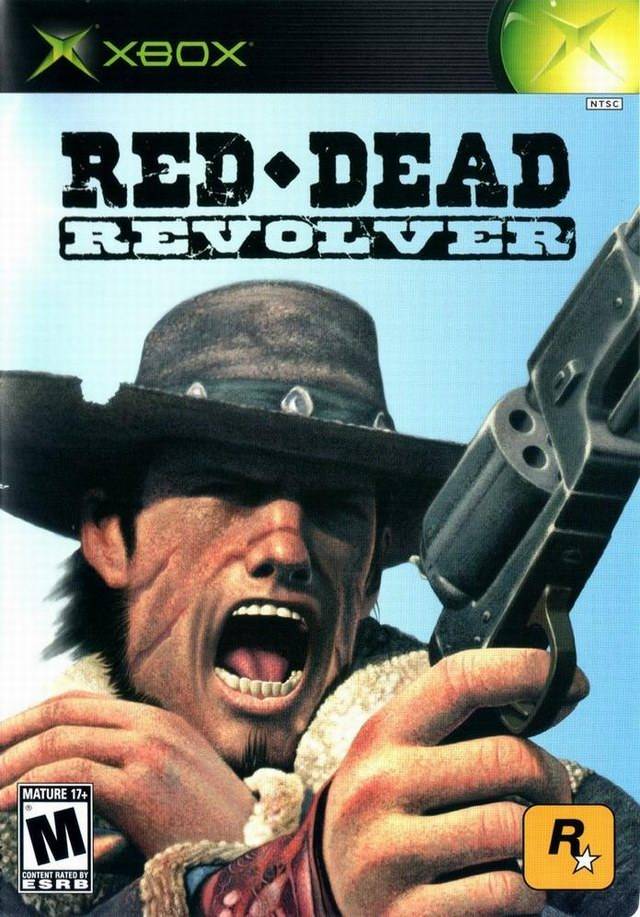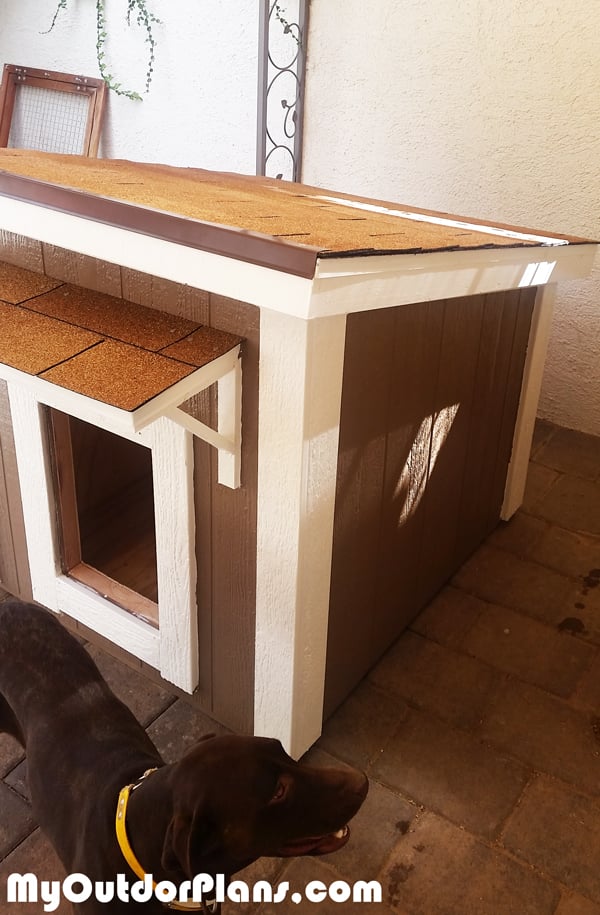When you are done creating your perfect song on GarageBand, you might want to have a copy of it on your iPhone. However, music created on GarageBand can only be listened to on this platform. Its format – Audio File Interchange Format (AIFF) – isn't recognizable by other music applications thus making the song unplayable.
It's a lot easier to copy the project to the Mac, extract the recording there, and then send them back to the iPad. Let's get started. Step one: Export GarageBand projects from iPad. You can share a song as a GarageBand project or as an audio file. You can share GarageBand songs to a Mac, to SoundCloud or to another app on your iPhone. You can also send a song in an email, share it to nearby devices using AirDrop, or use it as a ringtone. If you have set up iCloud, you can also use iCloud to share songs between devices. Send a stereo audio file: Tap Song, then tap Share. After you tap Song, you can add the artist, composer, and title information. You can also choose the audio quality and an image for the audio file. Send a GarageBand project: Tap Project. Choose a recipient for the message. You can also add message text. Want to master Microsoft Excel and take your work-from-home job prospects to the next level? Jump-start your career with our Premium A-to-Z Microsoft Excel Training Bundle from the new Gadget Hacks Shop and get lifetime access to more than 40 hours of Basic to Advanced instruction on functions, formula, tools, and more.
To get your GarageBand creation to play on other music applications, you will have to go ahead and convert it from its current format to one that is recognized by most music applications; the mp3. This might be sort of an issue if you don't know how to go about it.

How To Send Garageband Project Via Email
This article will help you with everything you need to know on how to convert GarageBand songs to mp3.
How to convert GarageBand to MP3 using an online converter
How To Export Garageband Iphone
Export GarageBand song, then follow these steps:
- Save the song that you want to convert: Open GarageBand and head over to ‘My Songs' browser, press the navigation button (▼), and tap on ‘My Songs' to save it.
- Swipe left to the ‘Recent' panel, select ‘See All' and then press ‘Select': This will enable you to choose your saved song among all the songs you've ever created.
- Four options will show on your screen: ‘Share', ‘Duplicate', ‘Move', and ‘Delete'. Press ‘Share'.
- Select format to share the song. There will be three formats, namely: ‘Song', ‘Ringtone' and ‘Project'. Choose ‘Song'.
- Choose audio quality: Select ‘Uncompressed WAV (44.1Khz/24-bit)'.
- Tap on the ‘Share' button to proceed. The final pop up will ask you where you want to share the .wav file. Select ‘Open In'. This will allow you to export the song and choose where you want to save it.
- Tap on ‘Save to Files'. There will be two locations on where you can save the file: ‘iCloud Drive' and ‘On My iPhone'. For convenience, save it ‘On My iPhone' and put the file in your GarageBand folder. Then press the ‘Add' option.
By doing this, you've been able to export your song successfully. The next step will require you to download a specific browser from the Apple App Store. This is because Safari and Chrome do not support the downloading of files. And this is a crucial aspect that is required for the converting process to work.

Read:How to send GarageBand files
Use the online converter on a different browser
- Open the App Store and search for eDL Browser. Press ‘Open'
- Search for onlineconverter.com
- Scroll down and choose the Audio Converter section
- Under ‘Convert to' select MP3 and for ‘Convert for' select iPhone
- Press ‘Go'. You will see three new options: ‘Convert', ‘Source', and ‘Select a file to upload and convert'. Enter ‘Audio to MP3' and ‘Upload File' for the first two options.
- On the third option, press ‘Choose File' > ‘Browse' > ‘On My iPhone' > GarageBand folder. It will have a .wav extension on its name i.e. ‘nameofthesong.wav'.
- After that, you will be taken back to the web page where you can finally convert the song. Press the square text box that will be beside ‘Options'.
- This will allow you to choose the audio quality you want to accord to the song. You can choose from 192, 256, and 320kbit/s for better quality.
- Press ‘Convert'.
- When the site is done converting, it will load a new screen indicating that the process is complete and your file is ready for download. Press ‘Click here' to download the file manually.
- A dialog box will pop up with options for the download file. Press ‘Download As' if you want to change the name of the song. If you are content with name press ‘Download'.
- Click on the ‘Files' section on the bottom page to check the progress of the download.
- Once it is done, press the three lines that are beside the downloaded file. Tap on ‘Open In' when a dialog box pops up.
- Press ‘Save to Files'.
- You will get a familiar dialog box like the one in step 7. Tap on ‘On My iPhone' and put your file in the GarageBand folder. Finally, press the ‘Add' option.
- You can open on the Files app, head over to the GarageBand folder, and compare both files. The original song will have a .wav extension and the converted song will have a .mp3 extension.

Finally
By doing all of this, you will be able to have to successfully convert your GarageBand song to the MP3 file format. If you have any more solutions or questions surrounding this topic, let us know in the comment section below.

How To Send Garageband Project Via Email
This article will help you with everything you need to know on how to convert GarageBand songs to mp3.
How to convert GarageBand to MP3 using an online converter
How To Export Garageband Iphone
Export GarageBand song, then follow these steps:
- Save the song that you want to convert: Open GarageBand and head over to ‘My Songs' browser, press the navigation button (▼), and tap on ‘My Songs' to save it.
- Swipe left to the ‘Recent' panel, select ‘See All' and then press ‘Select': This will enable you to choose your saved song among all the songs you've ever created.
- Four options will show on your screen: ‘Share', ‘Duplicate', ‘Move', and ‘Delete'. Press ‘Share'.
- Select format to share the song. There will be three formats, namely: ‘Song', ‘Ringtone' and ‘Project'. Choose ‘Song'.
- Choose audio quality: Select ‘Uncompressed WAV (44.1Khz/24-bit)'.
- Tap on the ‘Share' button to proceed. The final pop up will ask you where you want to share the .wav file. Select ‘Open In'. This will allow you to export the song and choose where you want to save it.
- Tap on ‘Save to Files'. There will be two locations on where you can save the file: ‘iCloud Drive' and ‘On My iPhone'. For convenience, save it ‘On My iPhone' and put the file in your GarageBand folder. Then press the ‘Add' option.
By doing this, you've been able to export your song successfully. The next step will require you to download a specific browser from the Apple App Store. This is because Safari and Chrome do not support the downloading of files. And this is a crucial aspect that is required for the converting process to work.
Read:How to send GarageBand files
Use the online converter on a different browser
- Open the App Store and search for eDL Browser. Press ‘Open'
- Search for onlineconverter.com
- Scroll down and choose the Audio Converter section
- Under ‘Convert to' select MP3 and for ‘Convert for' select iPhone
- Press ‘Go'. You will see three new options: ‘Convert', ‘Source', and ‘Select a file to upload and convert'. Enter ‘Audio to MP3' and ‘Upload File' for the first two options.
- On the third option, press ‘Choose File' > ‘Browse' > ‘On My iPhone' > GarageBand folder. It will have a .wav extension on its name i.e. ‘nameofthesong.wav'.
- After that, you will be taken back to the web page where you can finally convert the song. Press the square text box that will be beside ‘Options'.
- This will allow you to choose the audio quality you want to accord to the song. You can choose from 192, 256, and 320kbit/s for better quality.
- Press ‘Convert'.
- When the site is done converting, it will load a new screen indicating that the process is complete and your file is ready for download. Press ‘Click here' to download the file manually.
- A dialog box will pop up with options for the download file. Press ‘Download As' if you want to change the name of the song. If you are content with name press ‘Download'.
- Click on the ‘Files' section on the bottom page to check the progress of the download.
- Once it is done, press the three lines that are beside the downloaded file. Tap on ‘Open In' when a dialog box pops up.
- Press ‘Save to Files'.
- You will get a familiar dialog box like the one in step 7. Tap on ‘On My iPhone' and put your file in the GarageBand folder. Finally, press the ‘Add' option.
- You can open on the Files app, head over to the GarageBand folder, and compare both files. The original song will have a .wav extension and the converted song will have a .mp3 extension.
Finally
By doing all of this, you will be able to have to successfully convert your GarageBand song to the MP3 file format. If you have any more solutions or questions surrounding this topic, let us know in the comment section below.
A tutorial for Garageband users that want to move their song to REAPER.
Learn the trick to exporting stems from Garageband using the track lock/freeze function.
1 – set project end marker
2 – track menu: configure track header, enable lock button
3 – click lock button on each track
4 – PLAY – Garageband will begin freezing all tracks (rendering audio files)
5 – save project
6 – Find Garageband project in Finder (usually in username/Music)
7 – Right-click on project, choose 'Show package contents'
8 – in media folder, find 'freeze files no sync' – this is the rendered audio
9 – copy this audio to a folder for the REAPER project
10 – Name audio files
11 – import audio
12 – adjust item volume for headroom
Garageband really doesn't make it easy and you lose a lot in this process. Your mix will likely sound very different
– no automation
– track volume not applied to audio
– master volume not applied
– no master fx like reverb
– track names not used for rendered audio
http://www.twitter.com/reaperblog
http://www.facebook.com/thereaperblog
http://www.facebook.com/groups/reaperblogcommunity
http://www.patreon.com/thereaperblog
